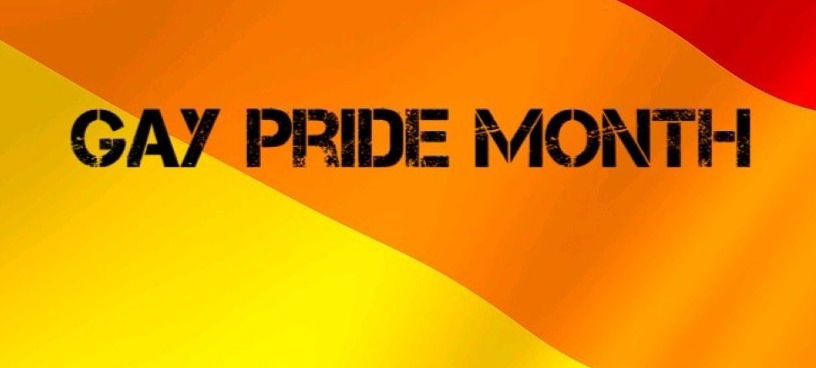Gay Pride Month

Gay Pride Month, celebrated in June, is a period dedicated to the celebration, visibility, and advocacy for LGBTQ+ rights. It originated from the events of Stonewall in 1969 when the LGBTQ+ community in New York City resisted police violence and demanded their rights.
Since then, Gay Pride Month has become a significant time for the LGBTQ+ community worldwide. During this period, various activities, events, and parades take place to promote equality, respect, and awareness of the issues faced by the community.
One of the main features of this month is the Gay Pride Parade, which brings together thousands of people on the streets of cities around the world. These parades are festive, colorful, and energetic, with people carrying flags and signs displaying messages of pride and support for sexual and gender diversity.
In addition to the parades, many other activities are organized, such as lectures, debates, art exhibitions, LGBTQ+ film festivals, sports events, and themed parties. These initiatives aim to provide a safe and inclusive space for the LGBTQ+ community, as well as educate society about their struggles and accomplishments.
Gay Pride Month is also a time to remember the history of resistance within the LGBTQ+ community and honor those who have fought for their rights over the years. It is an opportunity to reflect on the challenges faced, such as discrimination, prejudice, and violence, while also celebrating achievements in terms of equal rights, marriage equality, and other social and legal advancements.
Beyond celebration and visibility, Gay Pride Month is also a time for action and activism. Many LGBTQ+ organizations seize this opportunity to raise funds, promote awareness campaigns on relevant topics like sexual health, HIV/AIDS prevention, and transgender rights, and advocate for positive changes in laws and policies in support of the community.
It's important to note that Gay Pride Month goes beyond the month of June. The fight for rights, equality, and respect continues throughout the year. However, this specific period serves as a special moment to celebrate diversity and reinforce the importance of inclusion and respect for all individuals, regardless of their sexual orientation or gender identity.
The gay contribution to the world of fashion:
The gay contribution has been significant and invaluable to the world of fashion over the years. The fashion industry has always been a space where diversity and creativity converge, and the LGBTQ+ community has played a crucial role in this context.
Many famous designers are gay and have left a lasting legacy in fashion. They brought a unique perspective and artistic sensibility to their creations, shaping and redefining trends over time. These talented designers have pioneered innovations, introducing revolutionary styles and concepts that have influenced later generations.
Among the prominent gay figures in the fashion world are personalities like Gianni Versace, known for his bold and luxurious creations; Alexander McQueen, famous for his daring and avant-garde style; and Christian Dior, whose iconic designs helped define women's fashion in the 20th century.
In addition to renowned designers, many gay individuals also hold important positions in fashion houses, modeling agencies, specialized magazines, and other areas of the industry. Their contribution goes beyond clothing design, encompassing areas such as styling, fashion production, photography, makeup, and much more. These skills and talents have been fundamental in creating impactful images and memorable advertising campaigns.
The presence of gay individuals in the world of fashion has also promoted diversity and inclusion in the industry. Being part of a community that has historically faced challenges related to discrimination and prejudice, these professionals have brought a broader perspective to fashion, seeking to represent different body types, gender identities, and sexual orientations.
Moreover, many gay designers and professionals have used their platform in fashion to support LGBTQ+ causes, promote equal rights, and increase the visibility of the community. They have raised important issues and challenged stereotypes, making fashion a powerful means for personal.